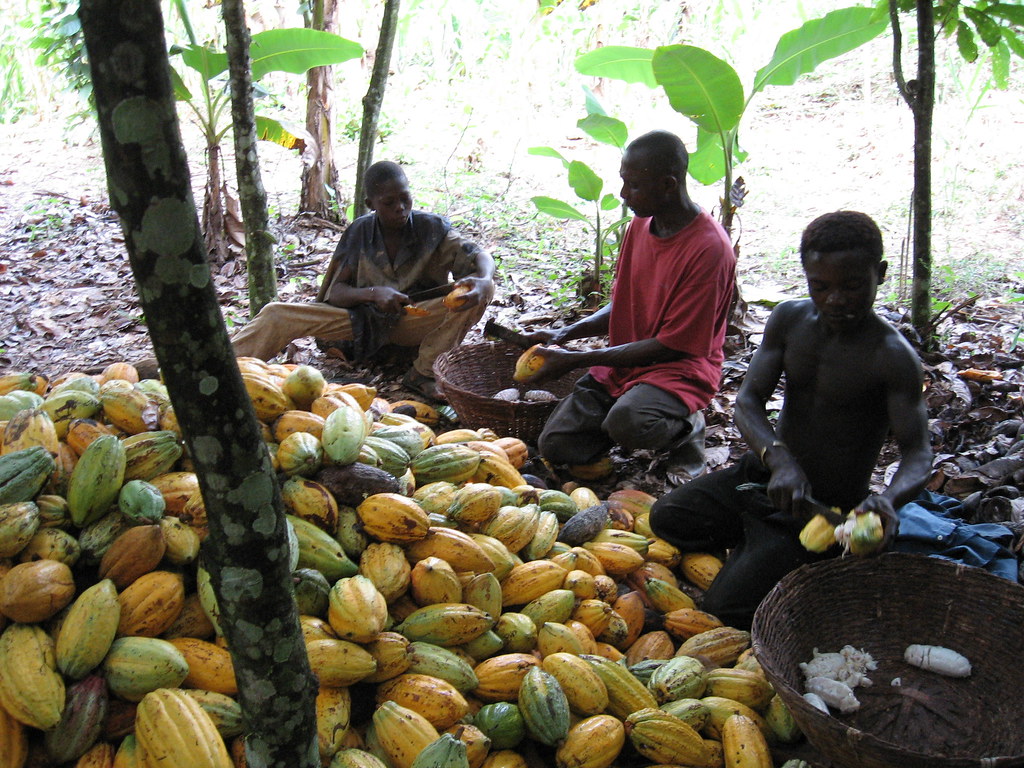The Ghanaian government is pushing to reclaim its cocoa glory by securing 200,000 hectares for fresh cultivation. But according to IMANI Ghana, land alone won’t fix the cocoa sector’s deep-rooted problems. Here’s what really needs attention:
1. Ghana’s Cocoa farmers are ageing out
IMANI’s data reveals that 74% of cocoa farmers are over 45, with just 4% under 35. Youth see cocoa farming as backbreaking, low-paying, and riddled with climate and disease challenges. Without new incentives, the next generation won’t step in.
2. Low yields keep farmers poor
Average yield is just 457kg per hectare — not nearly enough to secure a decent living. Even when global prices spike, most farmers don’t benefit because they can’t produce enough. More land without better yields means more poverty on a larger scale.
3. Cocoa Prices push farmers away
Ghana’s fixed producer prices often trail what’s paid in Côte d’Ivoire or the black market. This fuels smuggling and makes the job feel thankless. Until pricing becomes competitive, expanding production could just increase illegal outflows.
4. Illegal mining threatens new cocoa lands
Lands earmarked for cocoa may not be secure. Galamsey continues to ravage cocoa-growing areas. Without stronger land rights enforcement, this new land could also fall to environmental degradation or legal disputes.
5. Agroforestry must be the way forward
Cocoa thrives under tree canopies. IMANI urges government and partners to scale up agroforestry practices. Reviving the Cocoa and Forest Initiative (CFI) and supporting shaded cocoa farming will boost resilience and long-term sustainability.
6. Strengthen support for pests and disease control
The CODAPEC and CRIP programmes are vital for controlling farm losses. Expanding these initiatives with free/subsidised inputs and mass spraying campaigns will reduce costs and protect yields, especially on ageing farms.
7. Farmers need real training, not just land
Many cocoa farmers lack access to modern farming knowledge. IMANI calls on COCOBOD to expand climate-smart and sustainable training programmes, helping farmers adopt better techniques for higher productivity and environmental protection.
Bottom Line from IMANI:
“Without systemic reform, adding land is like pouring water into a leaky bucket.”
Ghana needs bold, practical interventions — not just more hectares. A thriving cocoa sector must attract the youth, guarantee fair incomes, and protect the land for generations to come.

